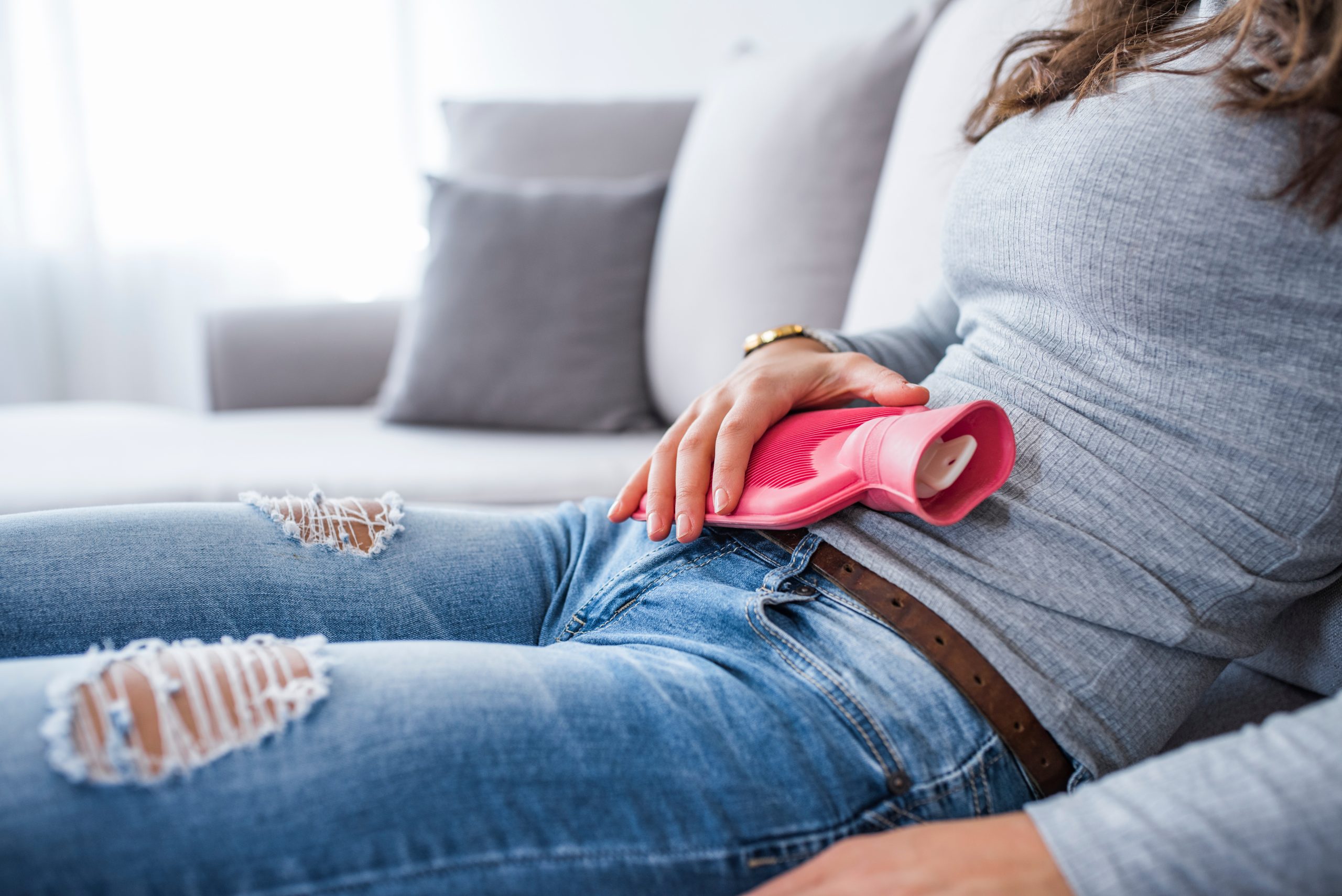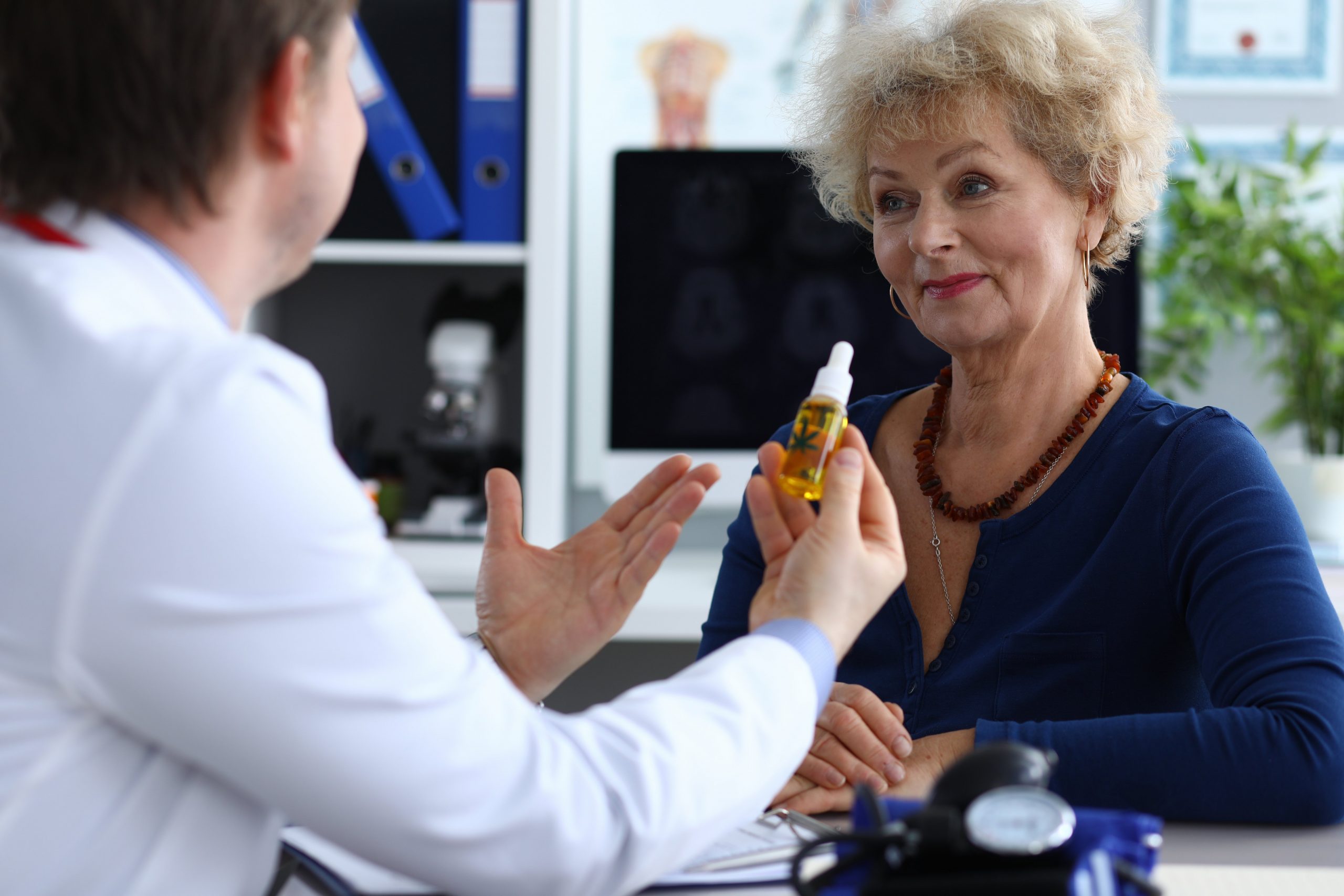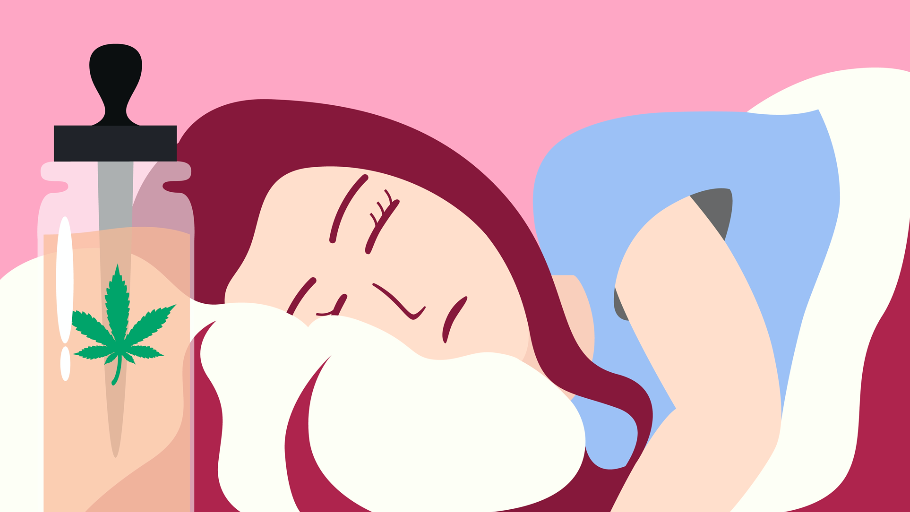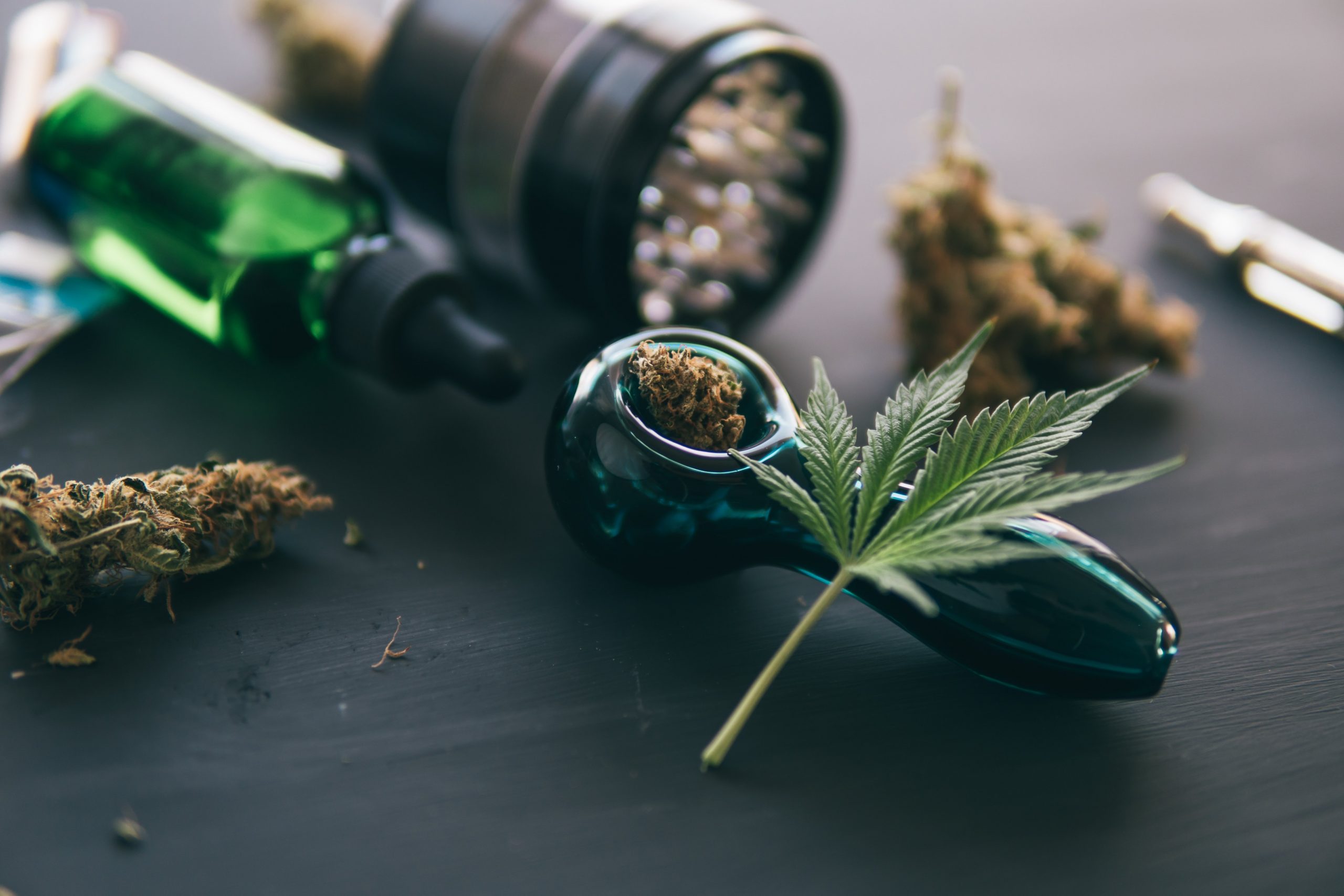Marijuana and Female Health
By CLOVR Cannabis
February 24 2021
Today, medical marijuana and female health go side-by-side as more and more women are recognizing the female-related health and wellness benefits of cannabis. Most people are familiar with MMJ for pain relief, to help with seizure patients, its benefits for mental conditions like ADHD and even some new promising discoveries with Alzheimer’s. But for the ladies, it’s conditions like insomnia, anxiety, menstrual issues and even menopause that they/we find particularly exciting.
Here are some more female-related health conditions that medical marijuana can be a relief-giving treatment …
About 80% of women report menstrual issues, whether pain, cramping or just that feeling of blah-ness’. Menstrual cramps and pain are natural and may last from teens to middle age till menopause. However, this pain can be more severe in some women and interfere with their daily routine making it too hard to bear. Since THC involves muscle relaxant and anti-inflammatory properties, using THC-rich MMJ provide women with relief from cramps and pain. THC-rich marijuana products can also help with mood swings and that ‘blah’ feeling – as some women describe it – to make ‘that time of the month’ more comfortable.

Premenstrual syndrome may lead to pelvic discomfort in females, but endometriosis is a whole different beast. It is a chronic autoimmune disease where the endometrial tissue grows outside the uterus in other body locations, mainly in the pelvis. It is hard to diagnose as some women even got it diagnosed after having it for 30 years.
Women with endometriosis experience severe pain, particularly during periods as this tissue sloughs and engorges in response to the changing hormonal cycles. Cannabis can work as a promising treatment for endometriosis and alleviate the pain by binding the CB1 receptors in patients’ uterine tissue. This is, of course, what is currently known with how MMJ works with the human body, since broad, long-term studies are still sporadic with marijuana in its current limbo state between state legalization and federal illegality.
Menopause is a condition where women stop having their menstrual cycles. Women generally enter their menopause in their 40s or 50s, with the average American woman’s age at 51. Though it is a natural biological process, it comes with a spectrum of its own symptoms including pain, insomnia, fatigue, weight gain, libido changes, mood swings, hot flashes, and osteoporosis. It may be good for some women as they no longer experience PMS (premenstrual syndrome).

Cannabis can help ease menopause in various ways. Studies indicate that our body’s endocannabinoid system plays an essential role in the hypothalamus, responsible for regulating body temperature. Medical marijuana can help manage ‘hot flashes’ some women experience during menopause. Marijuana containing a higher amount of THC has been known to help keep the body’s temperature balanced. Some women also experience drop in the libido during their menopausal years. With its effects of feeling high and euphoric, MJ can definitely help a woman regain some of that decreasing sex drive.
Hormonal balance is essential for mood, growth, immunity, and fertility. This imbalance can produce effects on health and is the hallmark of peri- and menopausal women. Research that has been conducted has concluded that cannabis may help relieve menopause symptoms – and this, of course, without any serious side effects.
Sleep disorder, generally known as insomnia, is the most common health condition with women. Though it is not specifically a women’s health problem, it has been reported that insomnia is more common in women than men, and one of every four women suffer from its symptoms.
There is evidence that cannabis products, particularly those containing more CBD, can help alleviate insomnia symptoms, such as finding it hard to fall asleep or stay awake. However, it is a bit tricky to choose cannabis for sleep as you need to be assured about the right amount, which can help you fall asleep. A little THC can help you sleep better, but too much can keep you awake. Similarly, a small dose of CBD can interfere with your sleep while a higher dose may lead to sedating effects and longer sleep with fewer overnight wake-ups.

Research indicates that CBD and THC could work together for better sleep in people with insomnia by interacting with cannabinoid receptors on brain cells. But finding your own, personal balance might take a little trial-and-error. But when you find your unique blend of THC/CBD, here’s to a good night’s sleep and sweet dreams!
As we get older, anxiety and nervousness can increase because of age and simply by having more in our lives to contribute to it: jobs, family, current world situations and a myriad of other external factors. Like insomnia, females are more likely to suffer from anxiety disorders as compared to males. Since MMJ’s legalization throughout nearly all of the states, we understand now CBD’s potential for treating anxiety disorders, including internal factors that females tend to experience more.
Though more research is needed to determine the effects of marijuana on anxiety, what we do know suggests that CBD may help mitigate anxiety and produce relaxing effects. Aside from anxiety, post-traumatic stress disorder (PTSD) treatment with CBD is also emerging as another of its common uses.
Indeed it is great news for women who experience certain health conditions such as anxiety, insomnia, menstrual pain, menopause, or endometriosis. However, it is recommended to consult your caregiver or budtender at your dispensary to find the right product, THC/CBD ratio and intake method that works best for you.

We must say the growing popularity and acceptance of marijuana is also creating the opportunity for women to improve their sex life and enhance their sexual pleasure. Isn’t it more exciting than finding the treatment for other health conditions?